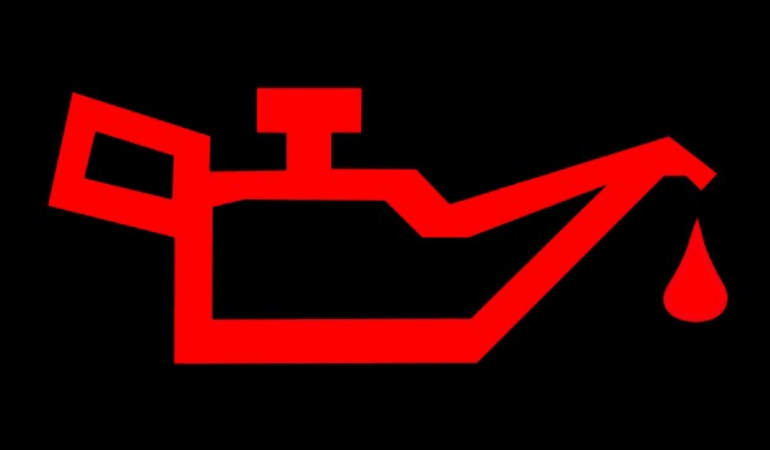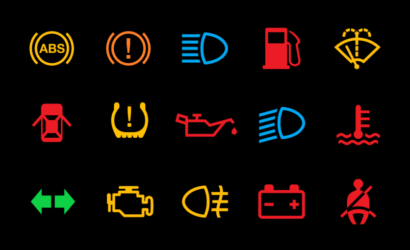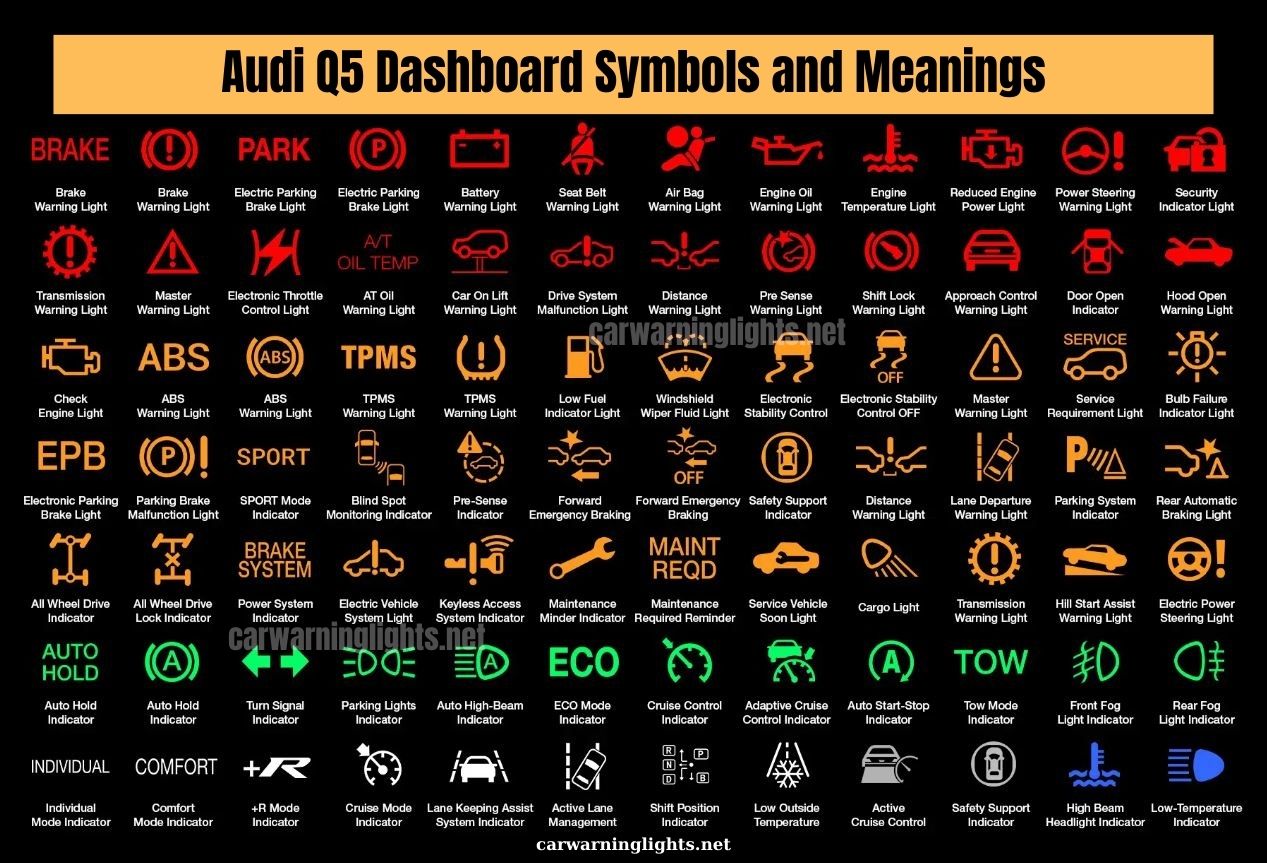Why Does Oil Pressure Warning Light Turn On?, How to Turn Oil Pressure Warning Light Off? What is the relationship between oil pressure pump light and oil pressure light?…
If the warning lamp on the instrument panel illuminates the engine oil warning light in the picture above, it may mean that your engine has lost its normal oil pressure.
When you see this lamp stop driving as soon as possible and stop the engine so that you do not risk your vehicle and traffic in driving. If the oil pressure drops too much, the engine may be seriously damaged.
Possible Causes of Oil Pressure Warning Light
The level of oil put into the engine may be low. Check the oil level by pulling the oil with dipstick. If the oil level is normal, the oil pressure or oil pump may have failed. Or lamp with indicator panel can be broken.
Oil Pressure Warning Light Indication
First check the oil dipstick to see if the oil is full. If the level of the oil shows under the line of minumum or if the oil does not appear on the stick, the vehicle is leaking oil. Or you may be experiencing both situations.
(Some engines have an oil level sensor in the oil sump that will open the oil warning lamp.)
Oil leaks are the most common cause of oil consumption and reduce the oil level on the engine. Leakage can usually consist of cylinder head gasket, oil pan or front and rear crankshaft felts.
Check for oil leaks on the top, side, and bottom of the engine. Look for oil stains, solidified oil deposits, or oil droplets on the ground. The gasket of the vehicles can get damage over time. If it is caused by leak gasket and felts, it should be replaced as soon as possible.
If the engine surface is clean and there is no obvious oil leak, but the oil level is low, the piston and piston rings are worn, the cylinder gasket is burnt or the valve can be deformed.
In this case, the oil leaks into the combustion chamber and begins to burn oil together with the engine fuel. This is again seen in vehicles that have made too many miles or these are despised. In both cases, such a problem of oil consumption leads to serious costs. Because the engine must be turned on and many parts must be replaced.
If the car does not consume too much oil (less than 1 liter at 2000 km), you can temporarily resolve the problem with additional oil. As a precaution, levels of oil should be checked with dipstick. If the engine is overloaded (1 liter at 1000 km), spare oil must always be available in the trunk. An engine that burns too much oil is exhausted and should be handed off shortly.
Oil Pump Malfunction
If the engine is running out of oil at a high frequency when there is no oil leaking, the problem may be caused by a faulty oil pump. Do not start the engine until the problem is repaired. The oil pump pressures of the vehicles must be tested and measured at certain period. For a standard oil pump, typically 10 psi of oil pressure per 1000 rpm is good. If it is lower than this, the oil pump must be replaced.
If the oil is at normal level but the oil pressure warning light is on and the engine is running normally (noiseless). Or, if the car has no oil leaks, the problem may be caused by the oil sensor or the indicator light. In this case, you can use your car, you can go to work, home or to get repair. However, if you heard the noise at engine, you should stop your car immediately.
Due to worn engine bearings, if the oil pressure is low, the crankshaft bearings must be replaced. This process usually results in engine revision.
If Oil Pressure Light Is Blinking…
1 – Oil Lamp Never Lights
Under normal conditions, the oil lamp should turn on constantly when you open the car’s ignition, it should turn off when the vehicle is running. If you open the ignition in the vehicle and the oil warning light is not lit at all, then there can be a problem.
Generally possible causes of this malfunction:
- Oil Light bulb may break
- The grease can be disconnected from the socket connection
- Oil sensor may be defective
- There may be breaks in wiring between the sensor and the display
Apart from these, there are other rare causes. If you are experiencing such a problem, it is recommended that you check them first.
2 – If the Oil Lamp is Blinking:
This can usually happen in the vehicle after the ECUs (Engine’s Brain) have detected the fault types for which it is risky to continue using the vehicle. The blinking flash is a constant flashing. It appears as short flashes, not long intervals. Especially in this case, the vehicle engine failure lamp is also lit and combined with the oil lamp. Absolutely, if there is such a problem or malfunction like that, you should not continue to use the vehicle and you must stop and repair it.
3 – If the Oil Lamp is ON Continuously:
In this case, it means that the oil pressure of the vehicle is less than it should be. In this case, the vehicle must never be used. Otherwise, it may be possible to give damage to the motor too much to be used because of the possibility of oil leaking.
- Oil Sensor may have broken,
- Oil Pump can be defective,
- Oil Pump may be clogged.
Except for the oil sensor failure, the other two faults are extremely dangerous faults in terms of the life of the motor. It is essential to solve it without losing time.
4 – If the Oil Lamp is on BUT it will disappear when you step on the gas…
It is usually seen when the oil pressure is low. In situations where the pressure of the oil is low and the pressure of the oil is increased while the gas is circulating.
If there is such a fault, it may be due to a few possible causes;
- Oil Level can be low (check the oil)
- Oil Pump may be clogged
- Oil Sensor may be defective
- Oil Quality and Fluidity can be degraded





